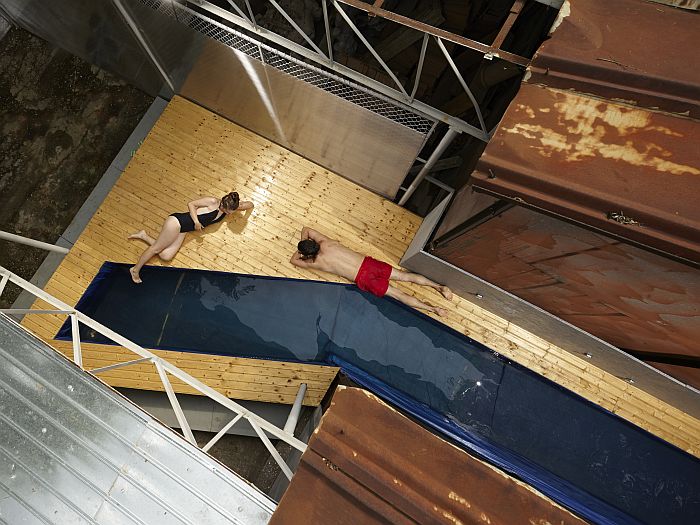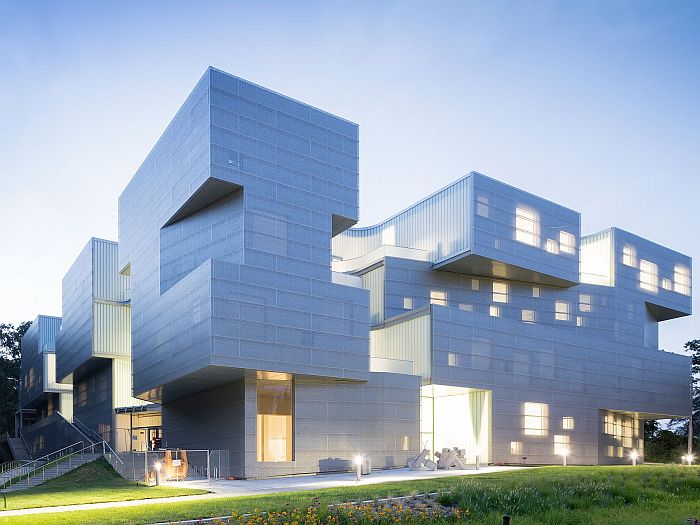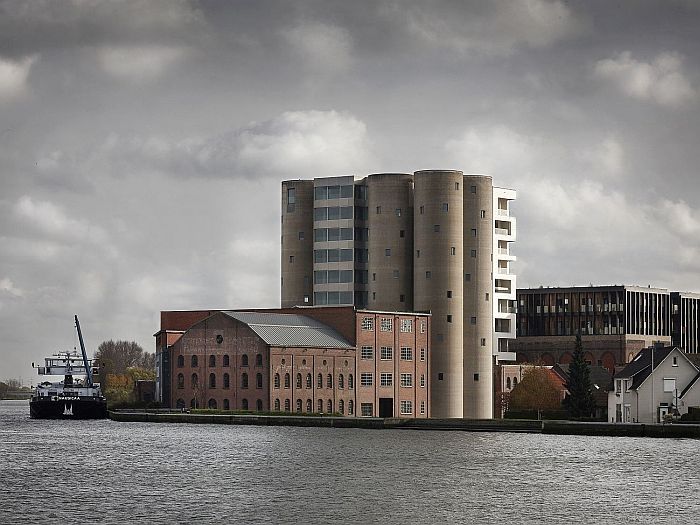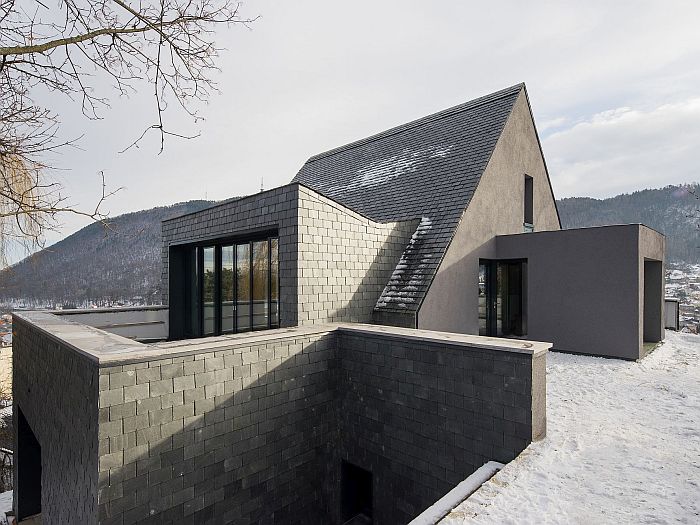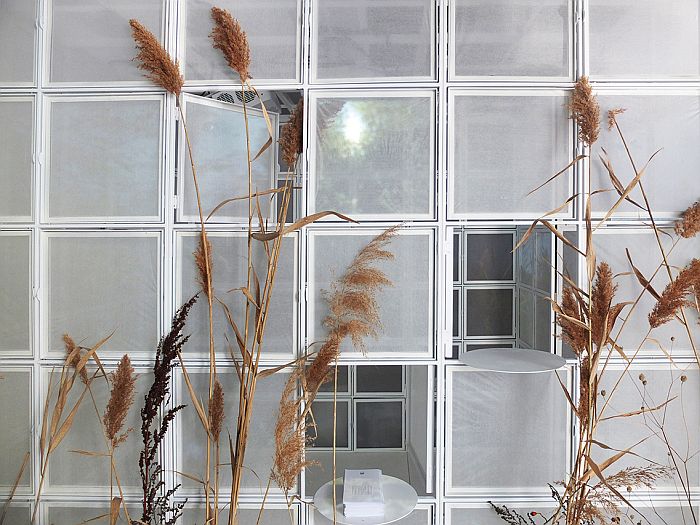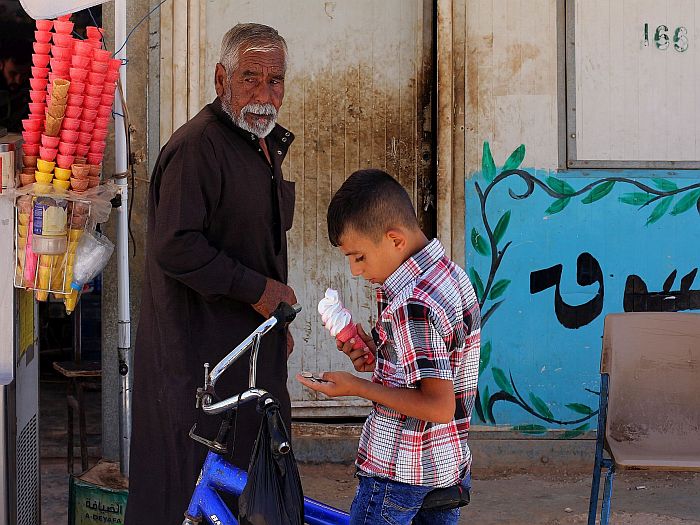From a distance, the house is a discreet part of a traditional landscape. As you get closer and the step inside, it reveals its contemporary layers
Project, text, photos: Traian Cimpeanu
Vänga is a small community of houses in the middle of rural farmland, just 60 kilometres east of Göteborg, Sweden’s second largest city.



